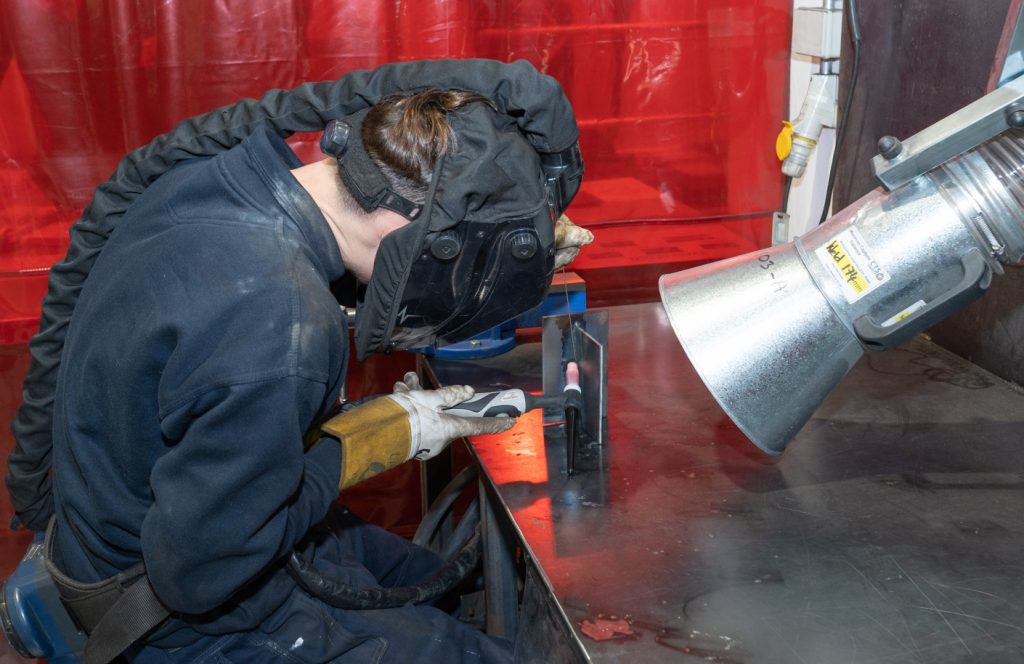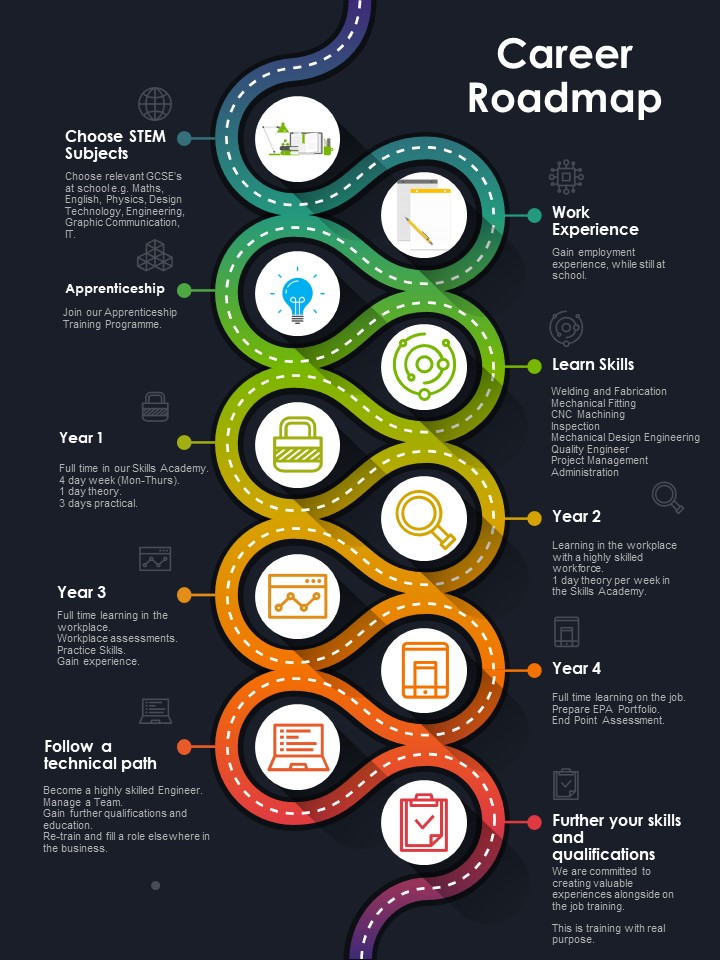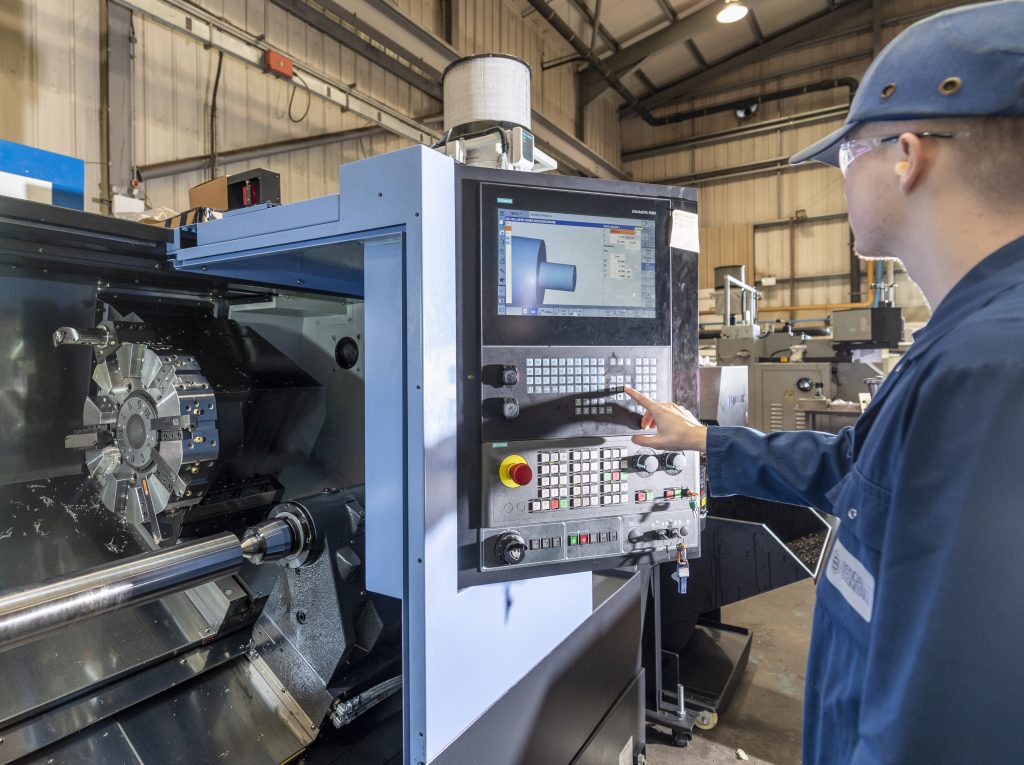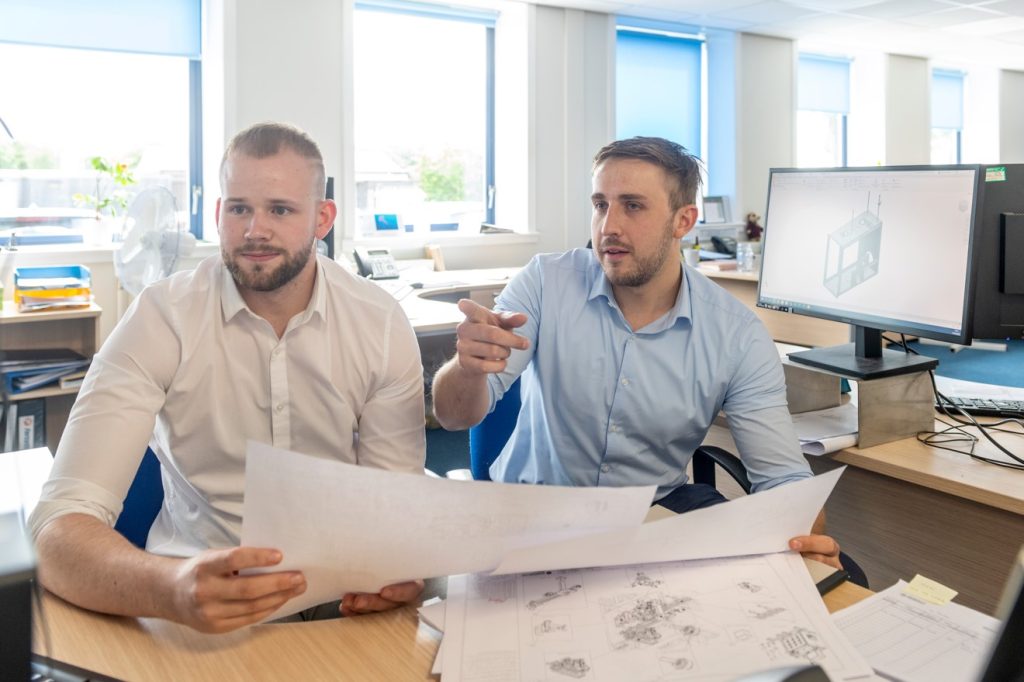Metal fabrication is a process that involves shaping, cutting, and assembling metal materials to create a wide range of products and structures. This field encompasses various techniques and processes, often performed by skilled professionals known as metal fabricators or welders. The goal of metal fabrication is to produce structures or components with specific shapes, sizes, and properties to meet the requirements of a particular project.
Key aspects of metal fabrication include:
- Cutting: Metal is cut into specific shapes using various methods such as sawing, shearing, or CNC plasma cutting.
- Forming: Metal is shaped into the desired form through processes like bending, rolling, or stamping. This step helps achieve the required dimensions and contours.
- Welding: Pieces of metal are joined together using various welding techniques, such as arc welding, MIG (Metal Inert Gas) welding, TIG (Tungsten Inert Gas) welding, or spot welding.
- Assembly: Individual components are assembled to create the final product. This may involve welding, fastening, or other joining methods.
Metal fabrication is widely used in various industries. At Bendalls it is used to manufacture bespoke products for our clients within the Nuclear, Defence, Oil & Gas, and Renewable industries. The process requires a combination of technical skills, knowledge of materials, and the use of specialised tools and equipment.
Please follow the link for full detail on the Apprenticeship standard – Metal fabricator / Institute for Apprenticeships and Technical Education
CNC machining stands for Computer Numerical Control machining. It’s a manufacturing process that uses computerised controls and machine tools to remove material from a workpiece to create a finished product. Here’s a breakdown of the key elements:
- Computerised Control: CNC machining relies on computer programs and numerical code to control the movement of machine tools. These programs dictate the precise coordinates and movements that the cutting tools will follow.
- Machine Tools: Various machine tools, such as mills, lathes, routers, and grinders, are used in CNC machining. These tools are equipped with motors and actuators that precisely move and control the cutting tools.
- CAD/CAM Software: Computer-Aided Design (CAD) and Computer-Aided Manufacturing (CAM) software play a crucial role. CAD is used to design the part, and CAM generates the CNC program that guides the machining process based on the design.
- Precision Cutting: CNC machining enables high precision and repeatability. The programmed instructions control the movement and speed of the cutting tools, allowing for intricate shapes and tight tolerances.
Overall, CNC machining is a powerful and versatile manufacturing method that combines computer control with traditional machining tools to produce accurate and complex components for various applications.
Please follow the link for full detail on the Apprenticeship standard – Machining technician / Institute for Apprenticeships and Technical Education
A Mechanical Manufacturing Engineer is a professional who combines mechanical engineering principles with design expertise to create and optimise products and components for efficient and cost-effective manufacturing processes. This role involves developing detailed designs, collaborating with cross-functional teams, and ensuring that products are not only functional but also manufacturable. Here’s a brief overview of the key responsibilities and skills associated with a Mechanical Manufacturing Design Engineer:
- Product Design: Create detailed designs for mechanical components and products, considering functionality, manufacturability, and cost-effectiveness.
- CAD Modelling: Use computer-aided design (CAD) software to develop 3D models and engineering drawings of parts and assemblies.
- Design Optimization: Optimize designs for manufacturing processes, ensuring efficiency, reliability, and ease of production.
- Material Selection: Choose appropriate materials for components, considering mechanical properties, cost, and manufacturability.
- Prototyping: Develop prototypes to validate and test design concepts, making adjustments as needed.
- Collaboration: Work closely with cross-functional teams, including manufacturing, quality assurance, and product development, to ensure design alignment with overall project goals.
- Cost Analysis: Conduct cost analysis and feasibility studies to evaluate the economic viability of design alternatives.
- Design Documentation: Prepare comprehensive design documentation, including specifications, drawings, and bills of materials.
- Manufacturing Process Improvement: Identify opportunities to improve manufacturing processes and collaborate on implementing changes for efficiency gains.
- Regulatory Compliance: Ensure that designs comply with relevant industry standards, regulations, and safety requirements.
Manufacturing Design Engineers play a pivotal role in the product development process, ensuring that designs are not only functional and aesthetically pleasing but also optimised for efficient and cost-effective manufacturing.
Please follow the link for full detail on the Apprenticeship standard – Manufacturing engineer (degree) / Institute for Apprenticeships and Technical Education
